Medical Practice Technical Challenges
Neurovascular
Intensive Intervention Course - 5th Edition
24-M02
October 21st 2024 - October 24th 2024
COURSE COORDINATORS
Isabel Fragata (MD, PhD)
COURSE PRESENTATION
Endovascular treatment of cerebrovascular diseases has rapidly grown in recent years, and in some cases, such as acute ischemic stroke, is now the gold standard treatment. In many countries, training programs in neurointervention include formal training with simulators, as a prerequisite before patient care.
This is currently recommended by the World Federation of Interventional and Therapeutic Neuroradiology. Simulators improve technical performance, reduce complications and shorten the learning curve.
Simulation will allow the elimination of radiation exposure and patient safety issues. The participant will focus on technical aspects of vascular access, treatment planning and device manipulation. The participant will be exposed to all available devices, for a practical knowledge of advantages, disadvantages and particular indications of each device. Additionally, the participant will be challenged with complications during case simulation, to develop a systematic approach to complication resolution.
The course will have two parts: a first part dedicated to acute stroke and chronic ischemia; a second part dedicated to intracranial aneurysms and cerebral vascular malformations.
This is currently recommended by the World Federation of Interventional and Therapeutic Neuroradiology. Simulators improve technical performance, reduce complications and shorten the learning curve.
Simulation will allow the elimination of radiation exposure and patient safety issues. The participant will focus on technical aspects of vascular access, treatment planning and device manipulation. The participant will be exposed to all available devices, for a practical knowledge of advantages, disadvantages and particular indications of each device. Additionally, the participant will be challenged with complications during case simulation, to develop a systematic approach to complication resolution.
The course will have two parts: a first part dedicated to acute stroke and chronic ischemia; a second part dedicated to intracranial aneurysms and cerebral vascular malformations.
TARGET AUDIENCE
Residents in their last 2 years of residency in neuroradiology, neurosurgery or neurology, or specialists of neuroradiology, neurosurgery and neurology can be accepted. Provided they have experience with at least diagnostic cerebral angiography, and preferably, therapeutic angiography. Other specialties may be considered on a case by case basis.
LEARNING OBJECTIVES >> KNOWLEDGE AND SKILLS TO DEVELOP
- To know the etiology, pathophysiology, imaging diagnosis and prognostic of the most frequent cerebrovascular diseases
- To know the present state of the art treatment indications for cerebrovascular diseases
- To structure the decision-making process in neurovascular diseases
- To acknowledge the diverse materials and devices available for endovascular treatment of cerebrovascular disease
- To acquire technical skills through simulation for the endovascular treatment of acute stroke, carotid stenosis, intracranial stenosis, vascular malformations, dural AV fistula, and cerebral aneurysms
- To recognise complications of endovascular treatment and practice the resolution of complications with the simulator
ADMISSION CRITERIA
Candidates should be enrolled (in the final 2 years of training) or have completed a recognized training program in neuroradiology, neurosurgery or neurology. Candidates should provide written proof of previous experience in diagnostic cerebral angiography, and preferably also therapeutic angiography.






